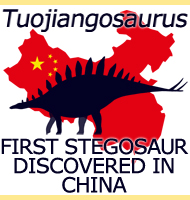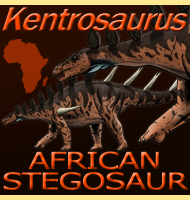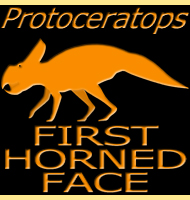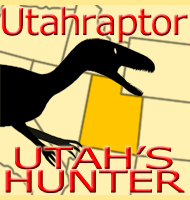


Wuerhosaurus
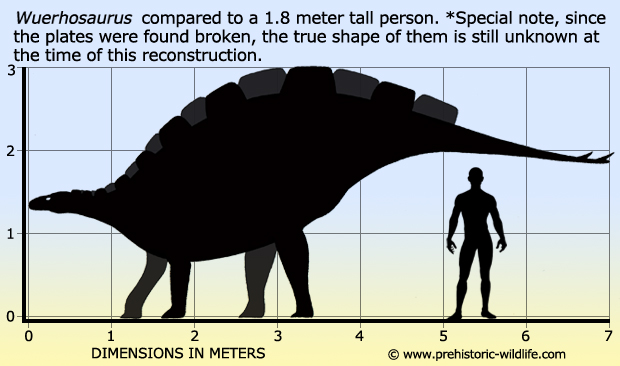
Name:
Wuerhosaurus
(Wuerho lizard).
Phonetic: Where-ho-sore-us.
Named By: Dong Zhiming - 1973.
Synonyms: Stegosaurus homheni
Classification: Chordata, Reptilia, Dinosauria,
Ornithischia, Thyreophora, Stegosauria, Stegosauridae.
Species: W. homheni (type),
W.
ordosensis.
Diet: Herbivore.
Size: roughly between 5-7 meters long, depending
upon species.
Known locations: China, Xinjiang - Tugulu
Group, Inner Mongolia - Ejinhoro Formation.
Time period: Valanginian-Albian of the Cretaceous.
Fossil representation: Partial post cranial remains.
Wuerhosaurus
is currently the latest surviving known member of the stegosaur
group.
In being so, the temporal range of these kinds of dinosaurs has been
significantly extended up to the middle Cretaceous, forty-five
million years after their Jurassic heyday.
Unfortunately
Wuerhosaurus is only represented by partial
remains, making accurate
reconstruction of this stegosaurid problematic. The dorsal plates
were initially conceived as being 'flat' at the top as opposed to
pointed like in so many of the others of the group, but further
research has suggested that they were simply broken, giving the false
impression that they were flattened. It has also been presumed that
Wuerhosaurus possessed a thagomizer like other
Stegosaurids, but
analysis has suggested that the single spike recovered may have in fact
projected from the shoulder.
The
hips appear to be even wider than other stegosaurids in what is thought
to accommodate a larger digestive area. The head is also carried
lower to the ground for low browsing, implying that Wuerhosaurus
carried the characteristic stegosaurid morphology to even greater
extremes than its predecessors. Wuerhosaurus was
also moderately
sized for its kind with the type species, W. homheni
being the
larger at an estimated length of up to seven meters, with W.
ordonsensis being smaller at an estimated length of up to
five meters.
Some
palaeontologists consider Wuerhosaurus to be
synonymous with the more
well-known Stegosaurus.
The problem here is that Stegosaurus is known
only until the Tithonian of the Jurassic, and is also from a
completely different geographical location. These too reasons are
often justified as enough cause to isolate two similar animals into a
separate genus for each, but as is often the case, only new and
more complete fossil material would be enough to prove either theory
without doubt. It
is not completely out of the question that Wuerhosaurus
could have been
a late surviving descendent of Stegosaurus.
Further reading
- [Dinosaurs from Wuerho] - Z. Dong - 1973.
- A new species of stegosaur (Dinosauria) from the Ordos Basin, Inner
Mongolia, People's Republic of China - Z. Dong - 1993.
- Systematics and phylogeny of Stegosauria (Dinosauria: Ornithischia) -
Susannah C.R. Maidment, David B. Norman, Paul M. Barrett & Paul
Upchurch - 2008.
----------------------------------------------------------------------------
Random favourites
 |
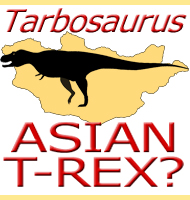 |
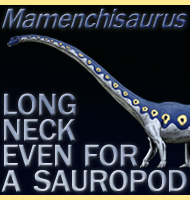 |
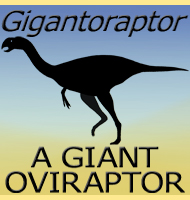 |
